Kunie Sugiura has produced numerous inventive works created with experimental techniques that exploit the
materiality of the photo medium. After arriving in the United States in 1963, she has forged a long career
from her base in New York since 1967.
In this wide-ranging interview, Sugiura discusses the current state of the New York art scene, her own
works, and how experience leads to photographic expressions.
Chinese, Koreans, and Japanese are different as you know, even though people lump them under the “Asian” label. I heard a story from a curator acquaintance of mine about Chinese artists. Even if they are turned down once or twice, they won't give up and will keep returning to the gallery again and again. By the seventh time or so, the curator will have remembered their face and inadvertently memorized their work, after which the curator will finally relent and find a space for their work in one project or another. A young Japanese artist, on the other hand, is likely to never come back after being rejected the first time. Japanese artists are intelligent and have a lot of knowledge, but at the same time they are overly sensitive and lack persistence and perseverance.
The biggest failing of Japanese artists is not knowing how to present their work. Communication skills is probably another way of putting it. People who haven't worked out how to present their work generally have lots of problems in their work as well. That's because being an artist is more than just creating artwork; you have to be rich in ideas and concept all the way to the public presentation stage.
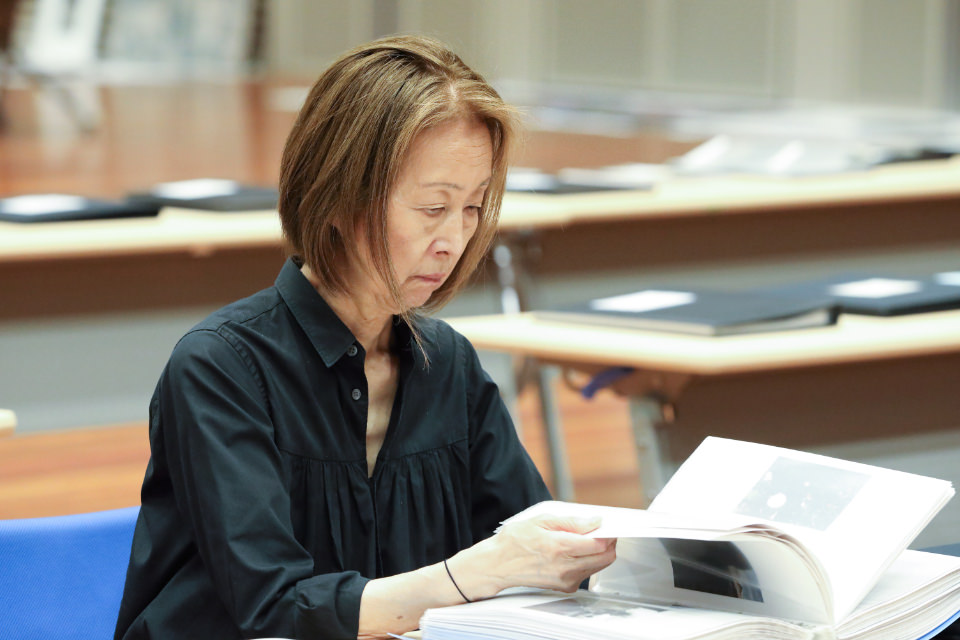
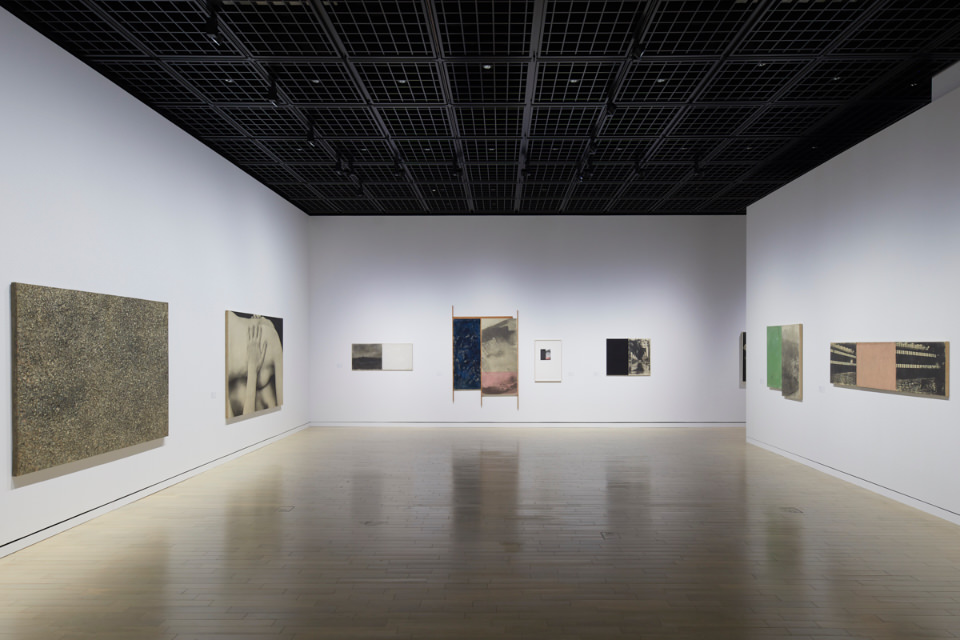
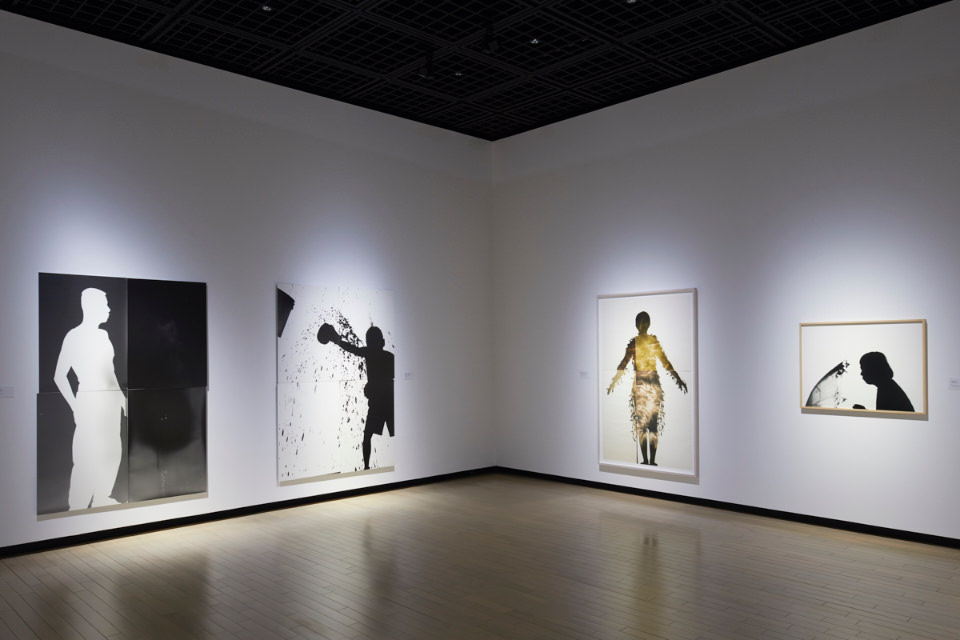
The art world is on fire. In-demand living artists are seeing their works trading for huge sums. The flip side of this situation is the enormous and widening gap between successful artists and unsuccessful artists. The previous relationships have changed, when collectors would hunt for works or artists likely to go up in price and back the growth of their ideologies or the development of their style or technique. This new reality is showing up in the interest in art fairs and auctions and how past connections with galleries and art museums have been altered.
Artists from around the world have settled in places like Brooklyn, Bushwick, and New Jersey and set up studios with their friends and acquaintances. Everything seems to be done very strategically. This might be an exaggeration, but for the younger generation art appears to have become a venture business. Nevertheless, art remains strange and impossible to pin down.
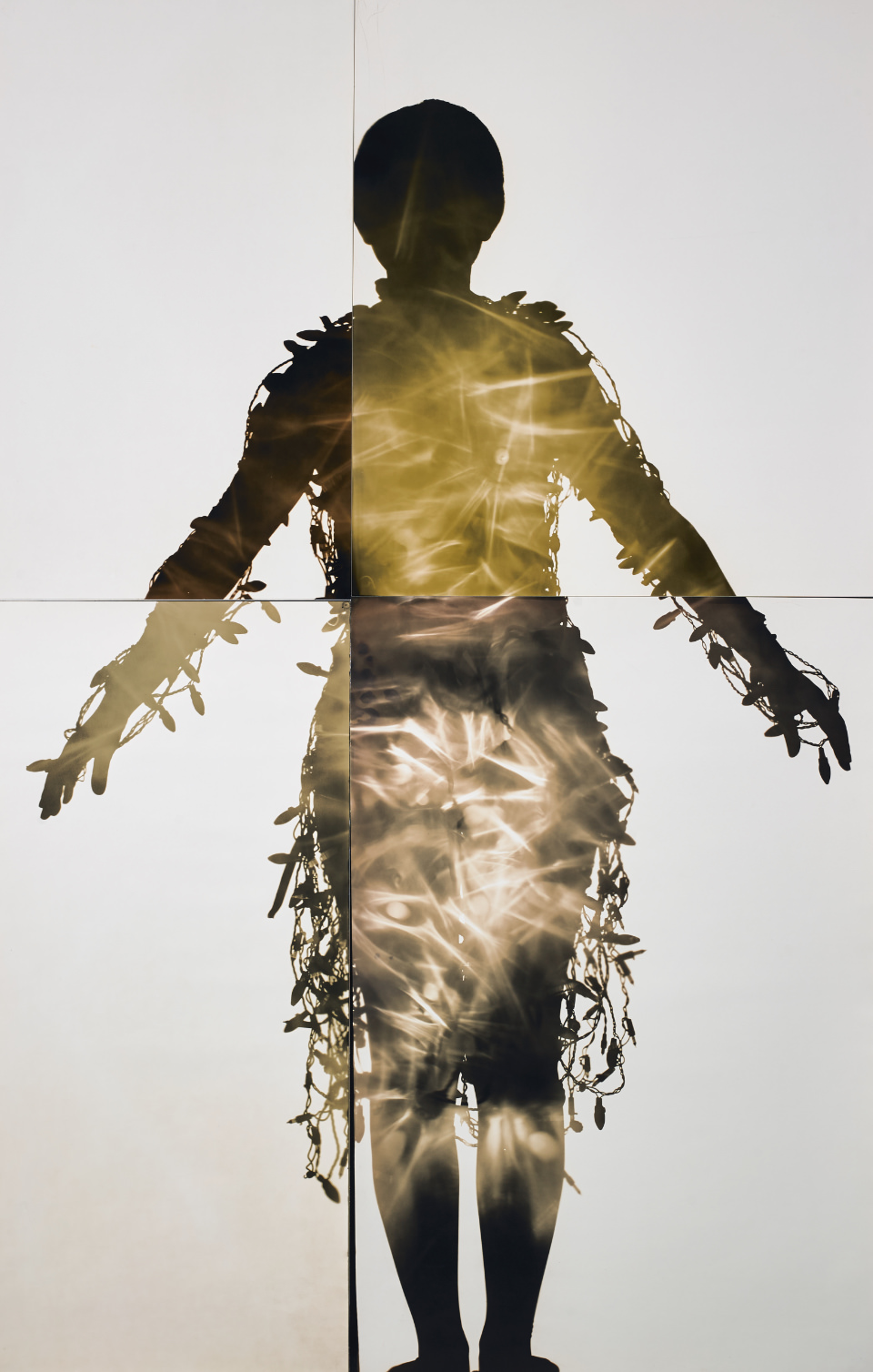
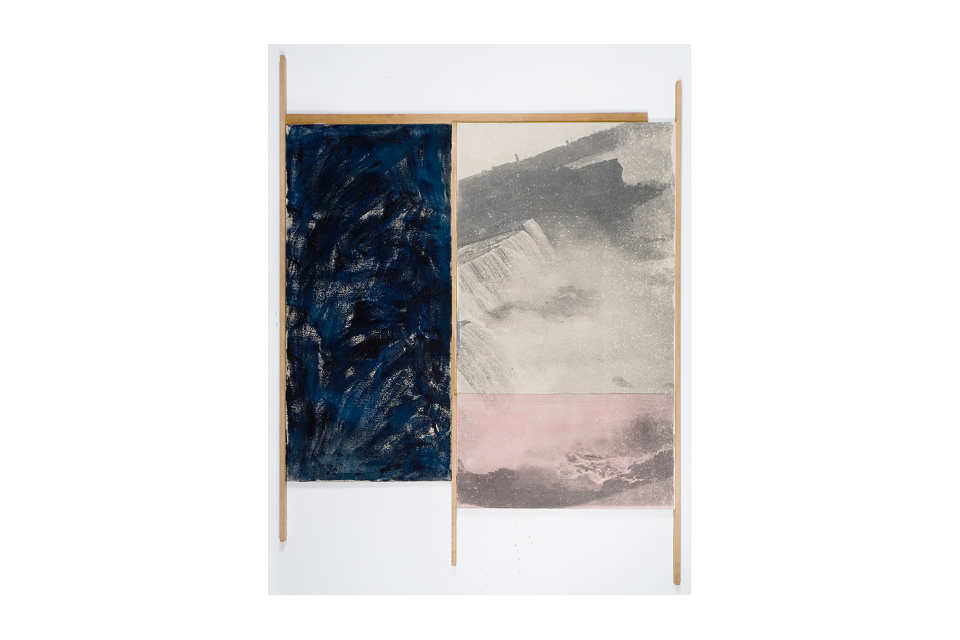
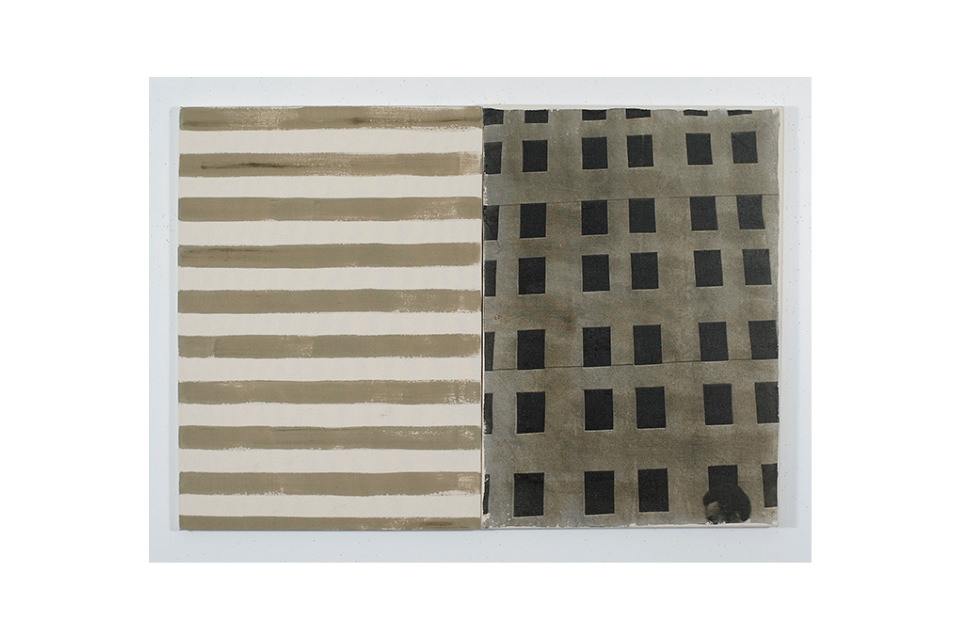
Art has mutated from activity by hobbyists to business, from amateurs to professionals. Obviously, the success ratio is extremely low and there’s no guarantee how long any success will last.
What is born from a naïve, innocent impulse can become universal by withstanding time and scrutiny. It's a form of the American Dream. This happens in photography as much as in painting and sculpture.
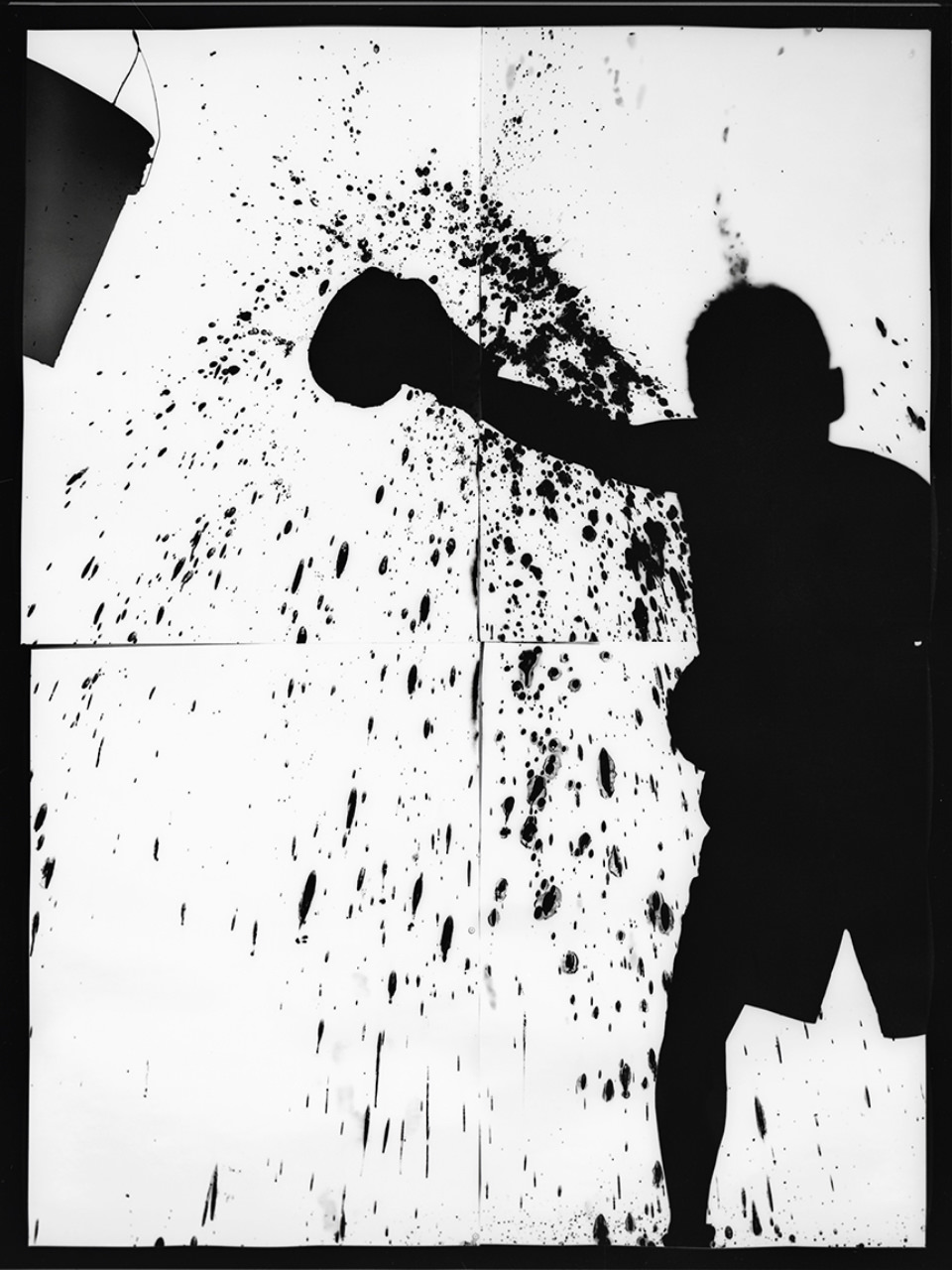
© KUNIE SUGIURA


First off, I'd like them to consider deeply what they are interested in. For example, if you wanted to do visual expressions, then you would explore methods you might employ. What's important here is keeping at it over the long term. What you don't know when you have only a little knowledge or sense will become apparent as you repeat your art over a long period of time. From there, what you learn will again grow into a new work.
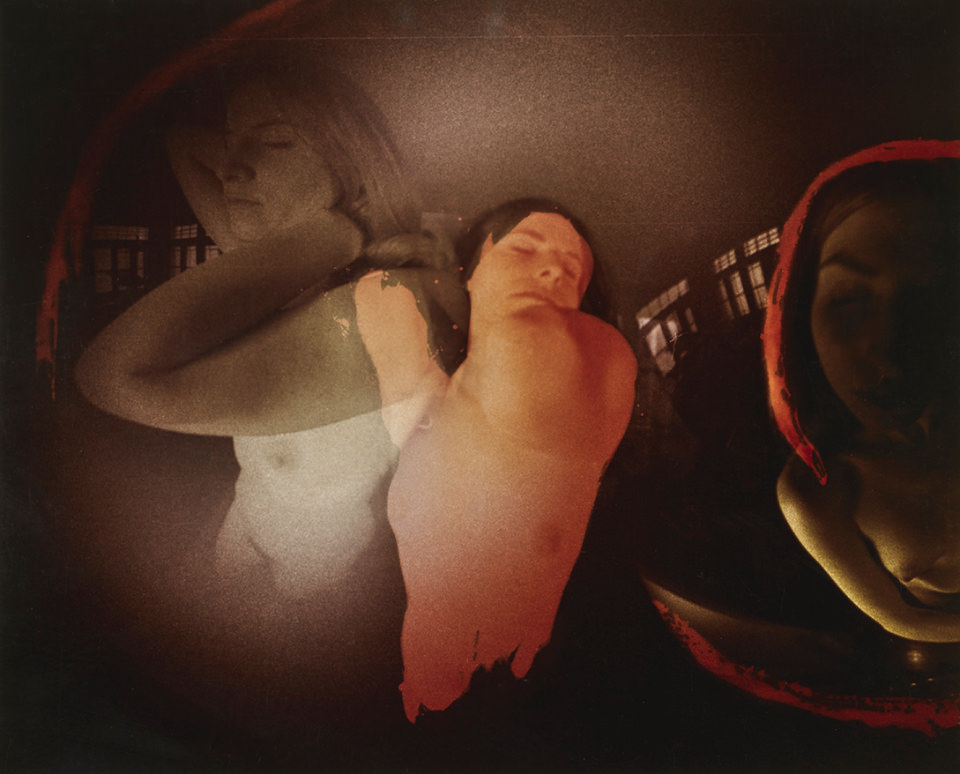
© KUNIE SUGIURA
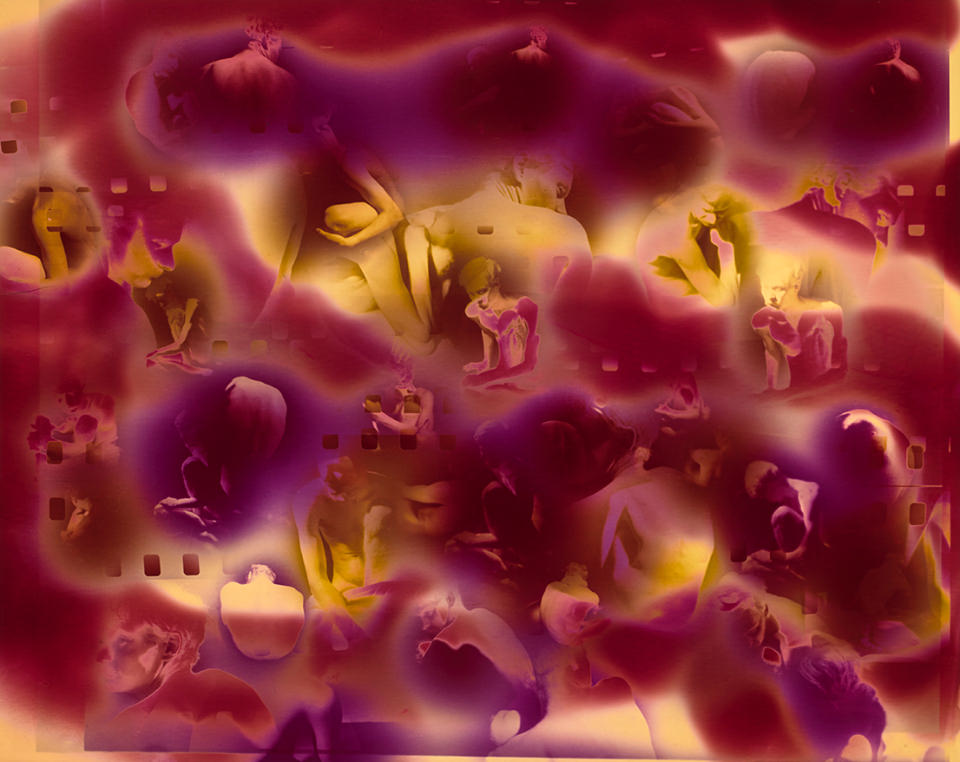
© KUNIE SUGIURA
My work The Kitten Papers (1992) was created by leaving two kittens on photographic paper in a darkroom overnight. The photographic paper recorded the movements of the kittens while they were on their own in the darkroom as a physical vestige, mixed in with their bodily excretions. The final work consisted of seven prints, as I planned to record a week's worth of kitty traces. But I actually made nine prints. In other words, nine days of work resulted in seven prints.
Now you might believe seven nights would be enough to create a week's worth of prints, but unsurprisingly it didn't work out that way. The way I learned the importance of patience and sticking to your work was by doing it. This teeny difference is what separates good artists from the not-so-good. Think of athletes in a 100-meter race. Oftentimes the margin of victory goes to the runner who slightly juts out his jaw at the finish line. In the same way, I'd like aspiring artists to put in that extra effort, because it separates artworks that make the grade from those that don't and makes a difference in peoples' lives as artists.
Photography as a medium has amazing potential. Anyone can easily take photos nowadays, but when people try taking photos for themselves, they discover really how difficult photography is. That's why, conversely, we can get people to look at photographs with interest. In a sense, photography trumps all other forms of media, both in the world of expressions and in ordinary society.
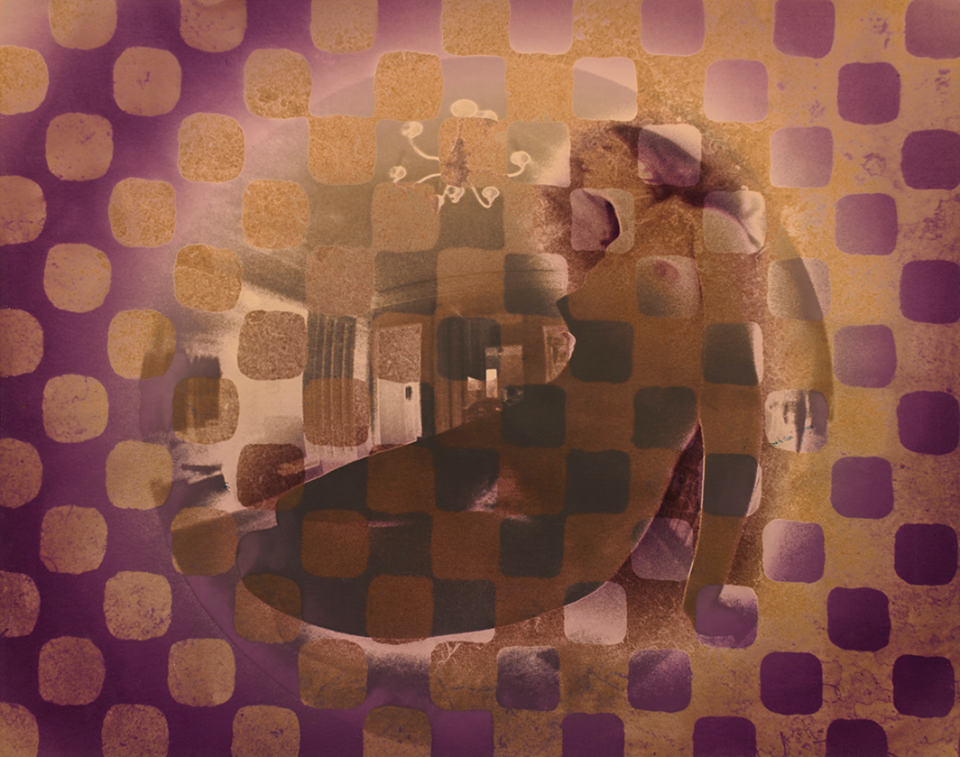
© KUNIE SUGIURA
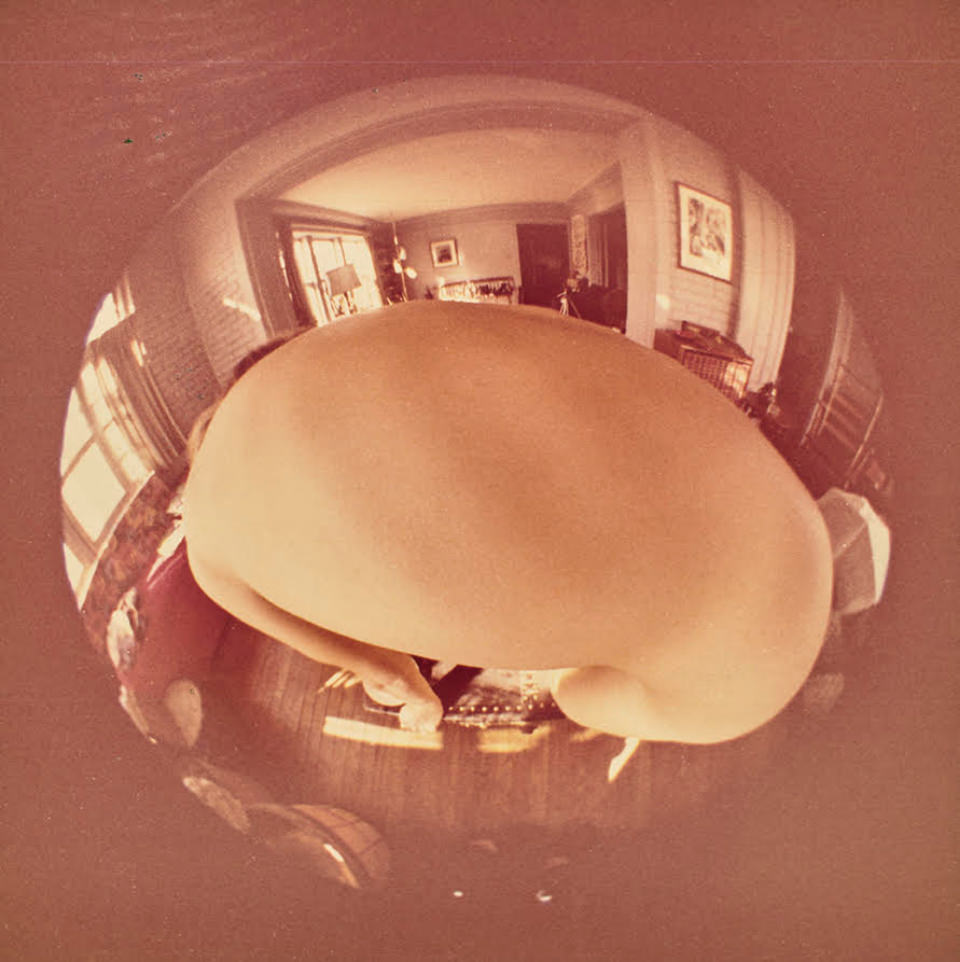
© KUNIE SUGIURA
I exhibited a few pieces from the series at my solo exhibition at the Tokyo Photographic Art Museum (Sugiura Kunie: Aspiring Experiments New York in 50 Years, July 24 – September 24, 2018), but I'm not clear on how I will develop it. So you'll have to wait until I present it in full.
One of the things I wanted to do with the series is learn more about Japan, my homeland, as I've been living outside Japan since the 1960s. That's why I planned to traverse the Japanese islands from south to north on the Shinkansen.
I started from Sakurajima in Kagoshima Prefecture and made my way to Kumamoto and Fukuoka. Before I began the journey, I had wanted to learn about Japan's history and the historic remains of the Sengoku period. But when I got to the actual locations, what piqued my interest was Japan's nature and, more specifically, the ocean and the cliffs.
Because of Japan's continuous volcanic activity, the shape of the land is remarkably diverse and it's very interesting from an image point of view. That has inspired me to take photos and create photo canvases.
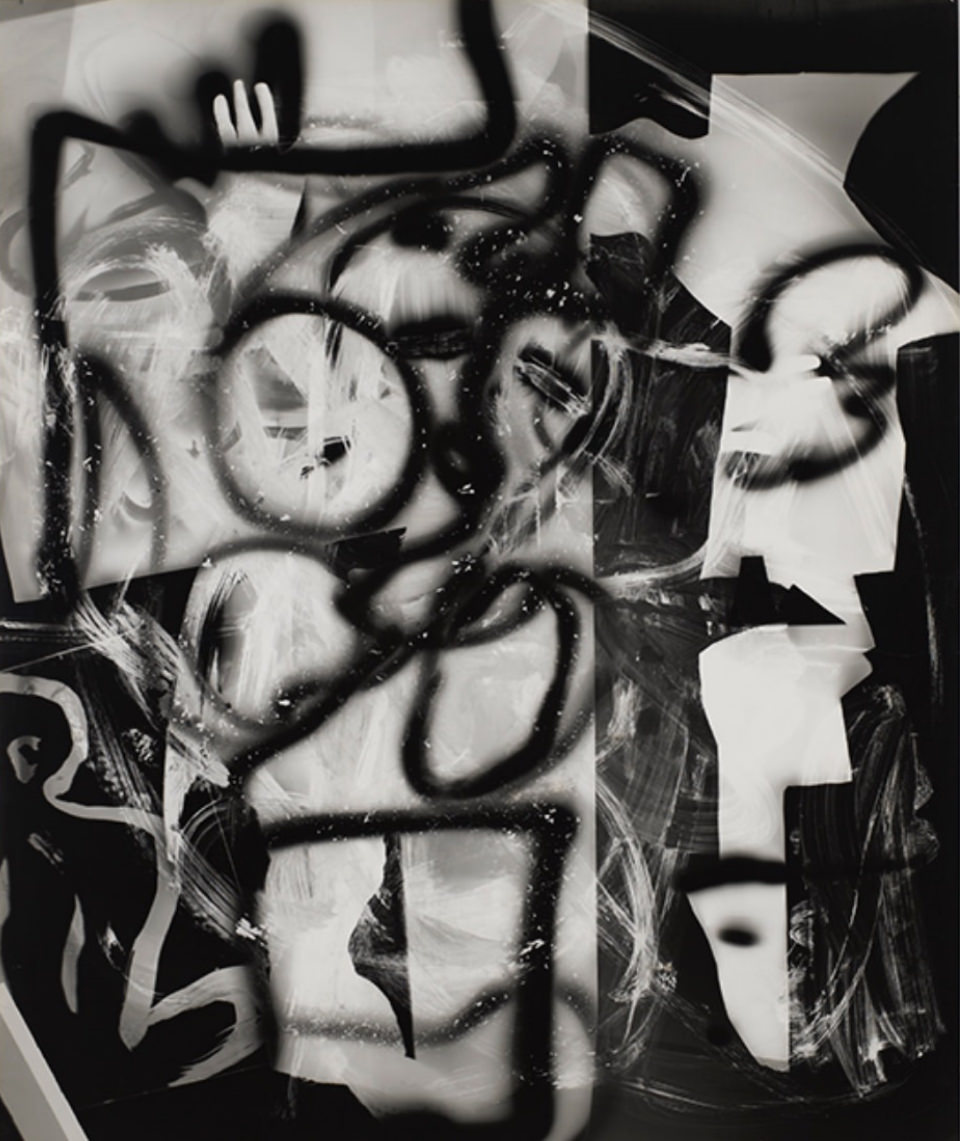
© KUNIE SUGIURA
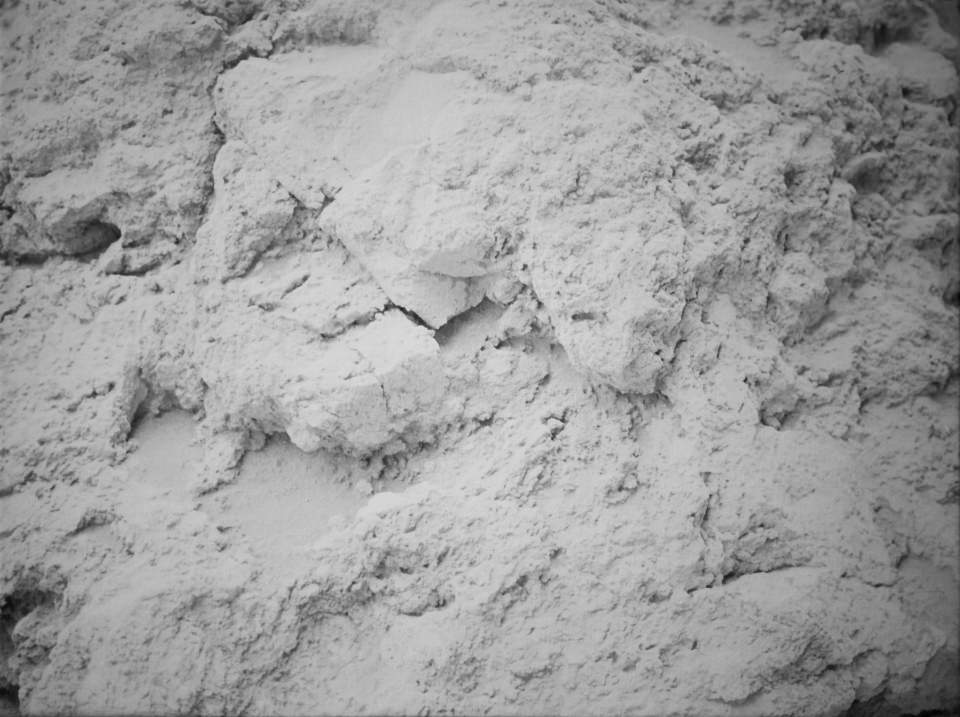
© KUNIE SUGIURA
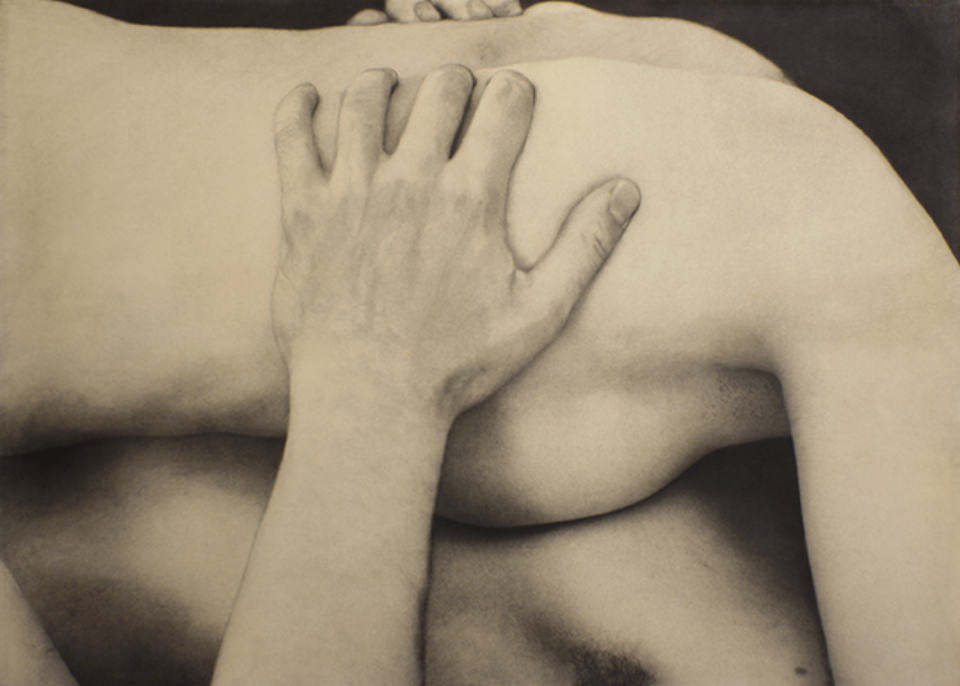
© KUNIE SUGIURA
Born in Nagoya, Kunie Sugiura received a BFA from the School of the Art Institute of Chicago in 1967. After graduating, she moved to New York with a classmate. For 50 years, she has explored photography — which functions as a visual language equal in importance to paintings and sculpture — centering on the process and concept of the photograph. She is presently active in photography from her base in New York. She has participated in many group exhibitions, including Vision and Expression, in 1969 at George Eastman House, Rochester, Annual Exhibition of Painting, in 1972 at Whitney Museum of American Art, New York, Visualization at the End of the 20th Century, in 1994 at the Museum of Modern Art, Saitama, Urawa, New Photography 13, in 1997 at the Museum of Modern Art, New York, Morphology of Emptiness, in 2011 at the National Museum of Modern Art, Tokyo, and For a New World To Come: Experiments in Art and Photography, Japan, 1968 – 1979, in 2015 at Museum of Fine Arts, Houston, and the Grey Art Gallery, New York, and other museums. She has also sole exhibitions, including Dark Matter and light affairs, in 1998 at Aichi Prefectural Museum of Art, Nagoya, Untitled, in 2000 at Frances Lehman Loeb Art Center, Vassar College, Poughkeepsie, and Time Emit, in 2008 at Visual Arts Center of New Jersey, New Jersey.